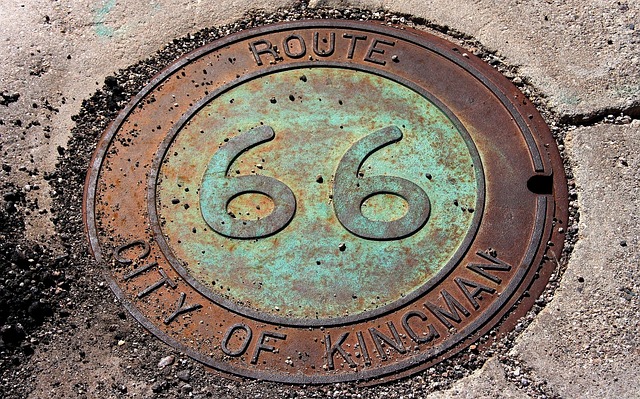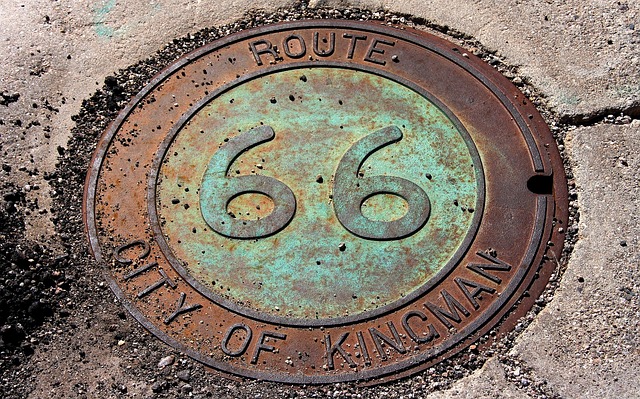Small towns can harness real estate development as a key strategy for economic growth while preserving their distinctive character. Local professionals navigate projects to harmonize new constructions with historic buildings, open spaces, and diverse residential areas, ensuring aesthetic values are protected. Strategic land development in high-potential areas like highways or walkable neighborhoods attracts businesses that bring life to the region, creating a positive cycle of increased foot traffic and local spending. Engaging locals in decision-making prioritizes the town's unique community spirit, fostering a sense of belonging and enhancing resident connections, resulting in sustainable growth where commerce thrives alongside warm hospitality.
Small towns are experiencing a surge in commerce, and it’s transforming their landscapes. This growth presents a delicate balance: nurturing economic development while preserving the friendly, tight-knit communities that define these places. Real estate plays a pivotal role in this transition, attracting businesses and fostering growth while meticulous efforts are made to maintain the unique charm that draws visitors and residents alike.
Explore the intricate relationship between real estate and small-town success in this article delving into key aspects driving this changing dynamic.
The Role of Real Estate in Small Towns: Nurturing Growth While Preserving Charm

In small towns, real estate plays a pivotal role in balancing commercial growth and preserving the area’s unique charm. As commerce expands, careful planning is essential to ensure new developments complement the existing landscape. Local real estate professionals often serve as guardians of this balance, working with developers and businesses to integrate new structures seamlessly. They help acquire suitable plots for commercial purposes while negotiating terms that protect the town’s aesthetic values and infrastructure.
The charm of small towns lies in their distinct character, which can be enhanced rather than diminished by smart real estate practices. This includes preserving historic buildings, maintaining open spaces, and ensuring a harmonious blend of residential and commercial areas. By fostering responsible development, local real estate agents and investors contribute to the town’s long-term prosperity while preserving its distinctive character for future generations.
Attracting Businesses: How Real Estate Can Fuel Local Economies

Small towns often rely on a thriving local economy for their overall well-being, and one key player in this growth is real estate. Attracting businesses through strategic land development can fuel economic expansion. By identifying areas with high potential, such as prime locations near highways or within walkable distances from residential neighborhoods, developers can bring new life to the region. This might include building modern office spaces, retail stores, or mixed-use developments that cater to both local residents and visitors.
Real estate investments have the power to create a positive cycle. New businesses attract more people to the area, increasing foot traffic and boosting local spending. As a result, nearby establishments benefit from higher sales, leading to further investment and economic vitality. This sustainable approach ensures that small towns not only survive but thrive, preserving their charm while embracing growth opportunities through strategic real estate utilization.
Community Engagement: Balancing Development with Small-Town Friendliness

In the pursuit of growth and commerce, it’s essential to maintain the heart of small towns—their unique friendliness and community spirit. Balancing development with preserving this intimate atmosphere is crucial for real estate and business investors. Engaging the local community in decision-making processes ensures that any changes reflect the town’s character and needs. By integrating new businesses or infrastructure, developers can create opportunities while fostering a sense of belonging.
Small towns thrive on the connections between residents, and any development should enhance these relationships rather than disrupt them. This approach means prioritizing local perspectives, traditions, and values, ensuring that commerce serves as a catalyst for community engagement rather than a force pushing from outside. Such harmony can lead to sustainable growth, where businesses flourish alongside the warm hospitality that defines small-town friendliness.






